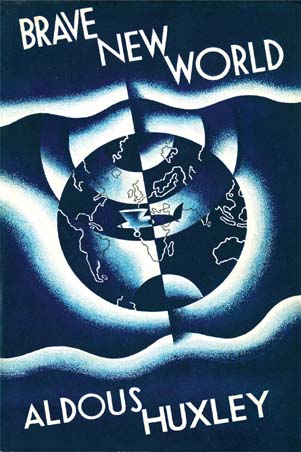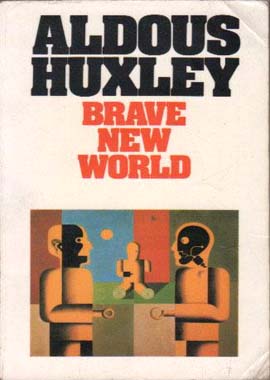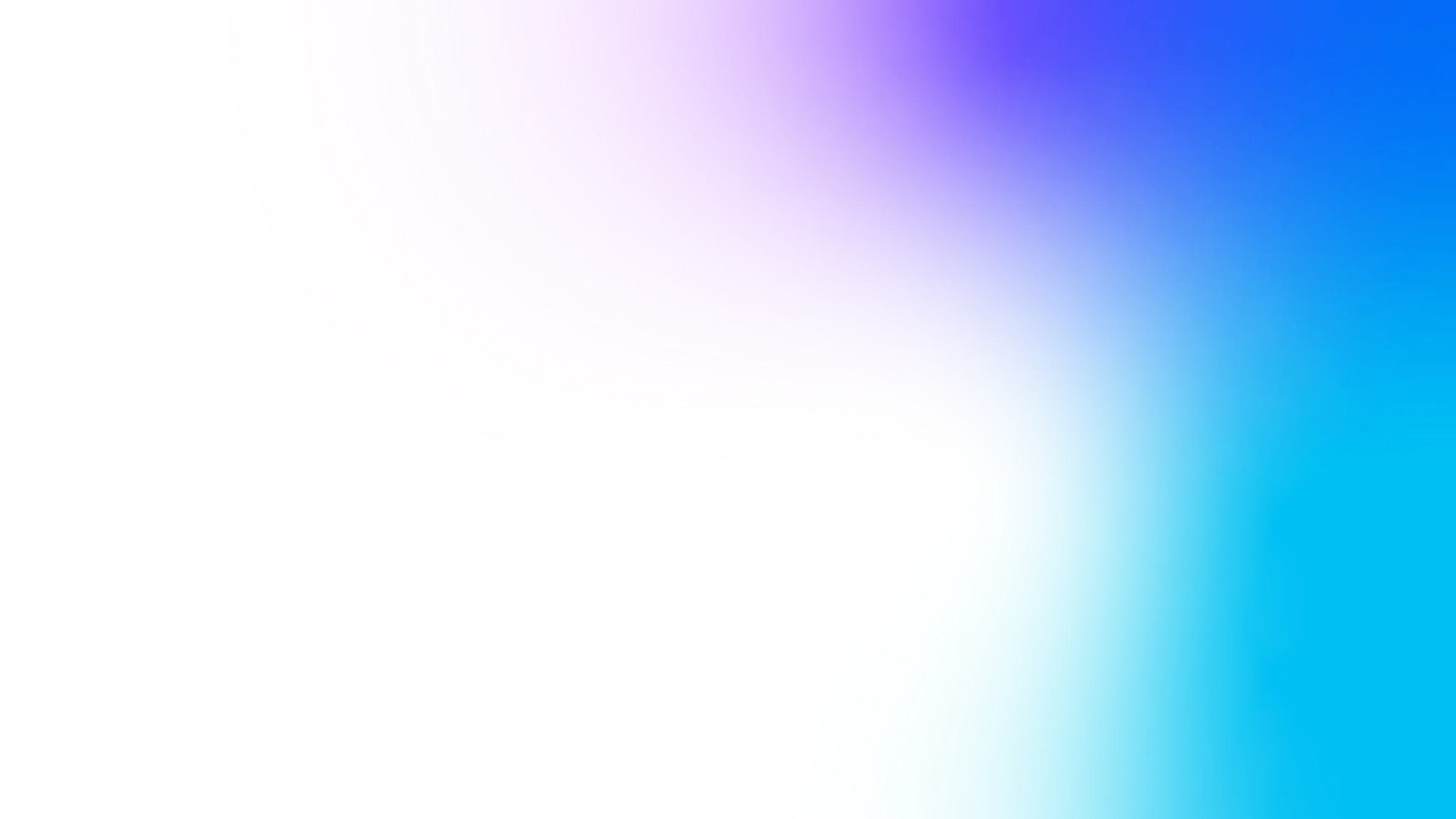In 1932, English writer Aldous Huxley published his iconic novel Brave New World. This book brought the idea of the artificial uterus to the big audience, like never before, and still holds value as one of the most significant references in the sometimes heated debates on the subject of human reproductive technologies.
The story is set in London in the year 632 A.F. (After Ford - A.D. 2540 in the Gregorian Calendar) and depicts a dystopian society where sleep-learning, psychological manipulation, drug use and classical conditioning are combined to profoundly change society. Human babies are ‘grown’ in glass bottles in baby factories and ‘natural’ childbirth is considered disgusting. The book cannot be read without taking the context of the eugenics movement in consideration. This movement was well established at the moment of publication and got a very negative reputation during WWII due to Nazi breeding programs, such as the Lebensborn program.
However controversial, the novel anticipated developments in reproductive technologies, such as ectogenesis (the artificial womb), and therefore it still is a very important cultural reference when discussing matters related to human reproductive technologies. Some of its cover arts feature powerful imagery, that established some of the strongest visual clichés that we might have to overcome one day.
 Brave New World first edition (1932). No clear reference to reproductive technologies, although the esthetic is slightly reminiscent of Metropolis (Fritz Lang, 1927).
Brave New World first edition (1932). No clear reference to reproductive technologies, although the esthetic is slightly reminiscent of Metropolis (Fritz Lang, 1927).
 The mechanical human enters the book cover.
The mechanical human enters the book cover.
 The imagery on this Spanish edition reminds us of A Clockwork Orange (Anthony Burgess, 1962), another dystopian novel about the condition of humans.
The imagery on this Spanish edition reminds us of A Clockwork Orange (Anthony Burgess, 1962), another dystopian novel about the condition of humans.
 Magritte-style cover depicting a baby-in-a-vat; will the idea of the artificial womb ever go beyond this image?
Magritte-style cover depicting a baby-in-a-vat; will the idea of the artificial womb ever go beyond this image?
 Despite its bloody esthetic, this cover art does offer us the interesting metaphor of the ‘human egg’. Maybe this is a direction in to imagine the artificial womb?
Despite its bloody esthetic, this cover art does offer us the interesting metaphor of the ‘human egg’. Maybe this is a direction in to imagine the artificial womb?
This article is part of the Artificial Womb research project by NNN. The goal of this project is to develop thought-provoking scenarios that facilitate a much-needed discussion about the way technology radically alters our attitude towards reproduction, gender, relationships and love in the 21st century. We highly value your feedback or input, contributions can be sent to womb@nextnature.net.
Images: AbeBooks


Comments (0)
Share your thoughts and join the technology debate!
No comments yet
Be the first to share your thoughts!